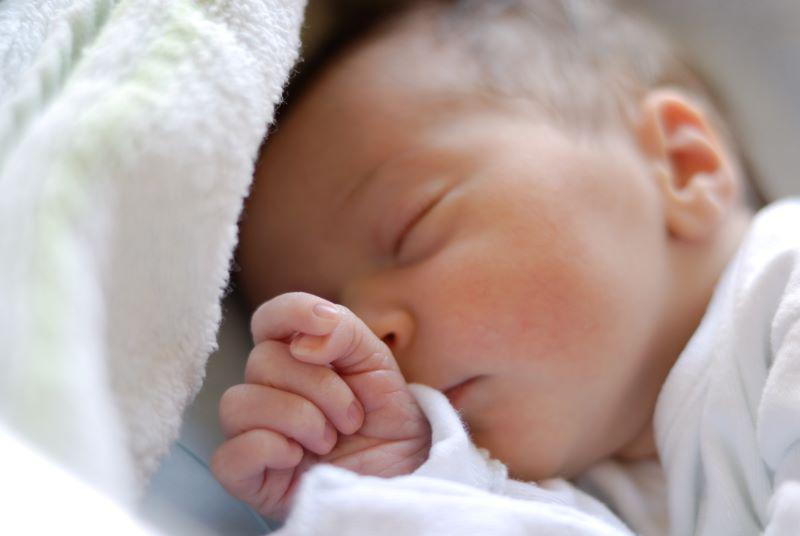Get Healthy!

- Posted January 10, 2023
U.S. Birth Rates Continue to Fall
Continuing a decades-long trend, the percentage of American women who've ever had a child declined again in the latest figures from the U.S. Centers for Disease Control and Prevention.
"A lower percentage of women aged 15 to 44 in 2015--2019 had ever had a biological child (52.1%) compared with women aged 15 to 44 in 2011--2015 (54.9%)," concluded a report issued Jan. 10 by the CDC's National Center for Health Statistics (NCHS).
Declines were also seen for men becoming fathers. From 2015 through 2019, 39.7% of boys and men aged 15 to 44 had fathered a child, compared to 43.8% during 2011--2015, the report said.
Overall, birth rates have plummeted for Americans over the past five decades: "Between 1976 and 2018, the mean number of children ever born per woman declined, from three children to two," according to the report's authors, Gladys Martinez and Kimberly Daniels.
By 2019, the average female aged 15 to 49 had given birth to 1.3 children, and the average male had fathered 0.9 kids.
American women are also tending to have a first child later in their lives, the new study found.
The average age for giving birth to a first child was about 24 years for women and 27 for men in 2019, according to the report, which was based on a national survey of almost 21,500 Americans aged 15 to 49. The probability that a woman would have her first child by age 40 fell from 83% in 2011--2015 to 81% by 2019. A similar dip was seen for men becoming fathers by age 40: from 78% in 2011--2015 to 72% by 2019.
In fact, "delayed childbearing, having a first child at age 35 or over, [has] increased ninefold between 1972 and 2012," the authors noted. Overall, birth rates among women in their 40s have charted steady increases since 1985.
According to the report, the reasons for these trends are many: Better access to contraception, more women seeking higher education, more women entering and staying in the workforce, changing family values, "relationship instability," and concerns over personal finances and the high cost of childrearing.
"Having a first child at older ages has been associated with a positive impact on women's wages and career paths," according to Martinez and Daniels.
Later childbirth can be healthy for children, as well, they noted, because having a child in your 30s and 40s typically means a family has better financial resources.
A woman's education appears to influence the timing of her having a first child. The report found that as the years a woman spent in school/college rose, her likelihood of having a first child in her teens or 20s declined.
Of course, fertility declines with advancing age, so the trend towards later births does have that "potential negative consequence," the authors added.
There's also been a continued trend toward Americans having children outside of marriage, the report found.
By 2019, "roughly one-half of first births occurred before marriage [47.2%]," the researchers noted, "and one-half of all premarital first births occurred within cohabiting unions." Those numbers are similar to those seen in the 2011--2015 report. Births occurring outside of marriage became less likely as a woman's income increased, the report found.
The National Health Statistics Report was published Jan. 10 as an NCHS Data Brief.
More information
There's advice on maintaining a healthy pregnancy at the U.S. Department of Health and Human Services.
SOURCE: NCHS Data Brief, Jan. 10, 2023






